Bacon’s Castle
Rowdy rebels fortified this home during the first popular uprising in United States history.
A great deal of irony is involved with Bacon’s Castle. Don’t expect to find a moat here, or anything else resembling a medieval castle—although at over 9,000 square feet, it’s certainly the size of one. However, this is just a portion of the incredible story surrounding this house.
Historians have considered it among the most fascinating homes in the United States. Completed in 1665, it’s one of Virginia’s oldest homes and also the oldest documented brick home in the country.
In 1676, 100 years before the Declaration of Independence was signed, a young man named Nathaniel Bacon led the first real rebellion against the government. Alongside the single largest militia in the colonies at the time, Bacon fought against the colonial government of Virginia, fortified homes of wealthy members of Virginia’s House of Burgesses, and attacked native tribes along Virginia’s frontier. In September of 1676, Bacon dispatched smaller factions of his several-hundred-man army throughout the colony to increase his strength and presence. In that same month, 70 of Bacon’s rebels marched up to this home and took it over. Coined Bacon’s Castle, the house became one of their premier fortresses during the rebellion until December of 1676.
Despite these factors, Bacon did not build the home or live in it for that matter. Bacon actually never set foot on the property. The home was built by a man who Bacon never met, a man who died years before Bacon would even step foot in Virginia.
Tobacco merchant and planter Arthur Allen came to Virginia around the 1640s, mere decades after Jamestown was founded and settled in what was then the wilds of the colony. Allen became one of the wealthier men in the colony, and sometime after 1660 began construction on this magnificent home. It took him several years to complete, with all the bricks being made on the property and all the wood for the home being taken from the surrounding forests. When it was finished in 1665, it was one of the largest, grandest, and most opulent standing structures in America. To finish it off, Allen gave it the not-so-imaginative name of Allen’s Brick House.
Despite the fact that Allen probably spent several years building the home, he didn’t enjoy it for long. Four years later he was dead and the home passed to his son, Arthur Allen II, a man of even more political and monetary importance than his father.
Allen II was known to many as Major Allen because he was one of the county’s militia leaders, as well as a member of Virginia’s House of Burgesses. He was wealthy and influential, and used the labor of enslaved people on his property in Virginia. It was due to Major Allen’s position as a colonial lawmaker and his friendship with then-Governor Sir William Berkeley that his home was taken over by Bacon’s rebels.
The Allen family fled before Bacon’s men arrived, but Bacon died of dysentery in October of 1676, and without the charisma of their powerful leader, the rebellion fizzled out by early 1677. The family returned, and they along with their descendants continued to live in the home until the 1840s.
In 1844, the home was sold for the very first time and eventually came under the ownership of John Henry Hankins. Ten years later, Hankins completed an impressive Neoclassical wing on the east end of the home. This part of the house is a stark contrast to the original Jacobean-style home.
During the Civil War, a young Georgia poet by the name of Sidney Lanier who was stationed in Virginia with his Confederate battalion was enamored with the home. He was also infatuated with the eldest daughter of the Hankins family, Virginia Wilson Hankins. Although they never married, the two found themselves in a passionate relationship they would continue until their death. The home was the inspiration for many of Lanier’s most famous writings.
Virginia Hankins mortgaged the home off in the 1870s. It was then purchased in 1879 for the very last time by a private owner. William Allen Warren bought the home and the surrounding land. He and his descendants owned the house until 1973 when the Association for the Preservation of Virginia Antiquities purchased the home and property for perpetual preservation for $185,000.
Today, Bacon’s Castle is widely accepted as being one of the most important colonial buildings in America because of its age, architecture, English formal garden, and its association with one of the first uprisings documented in American history.
Know Before You Go
Open for tours March through December on Fridays, Saturdays, and Sundays. Open Mondays between Memorial Day and Labor Day. Grounds are open from dawn to dusk 365 days of the year. A self-guided cell-phone tour is available outside for those who do not wish to tour inside the home or if the site is closed.
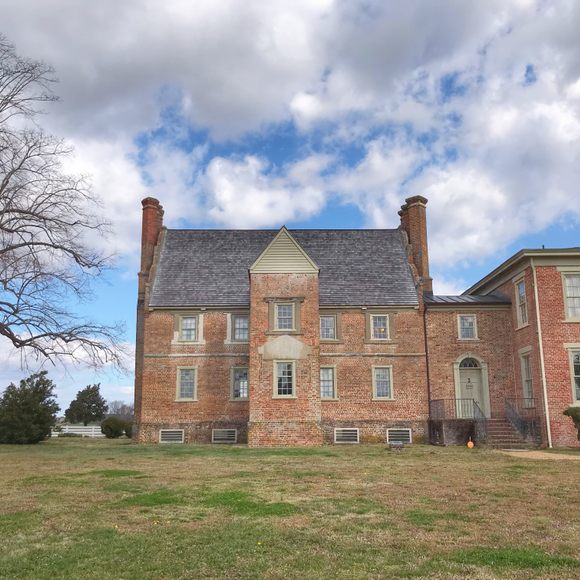

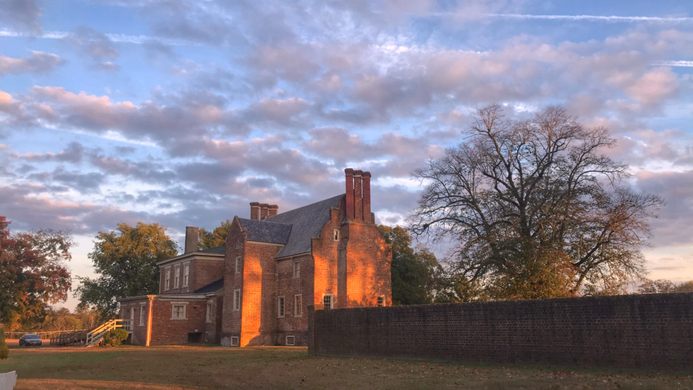
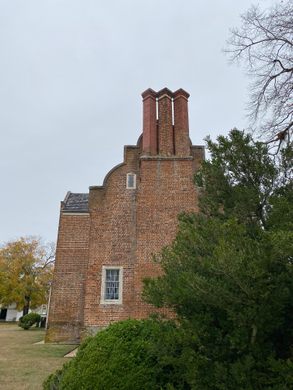
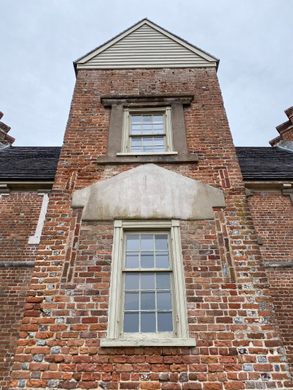
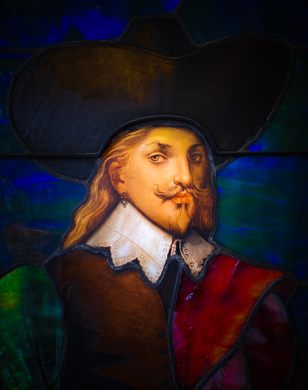



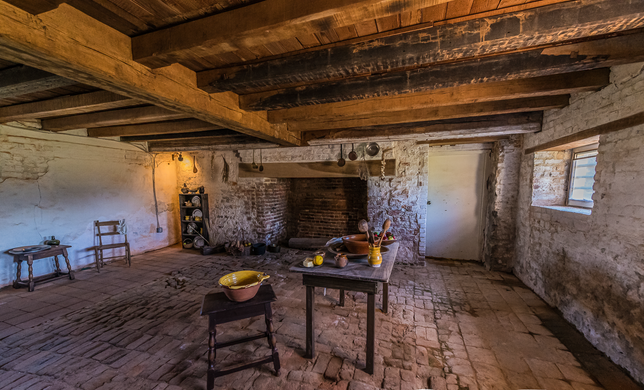

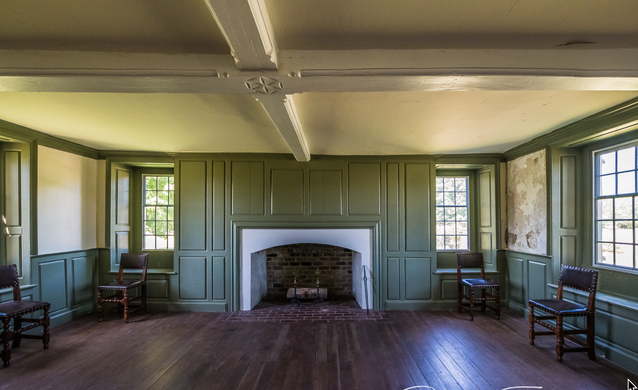
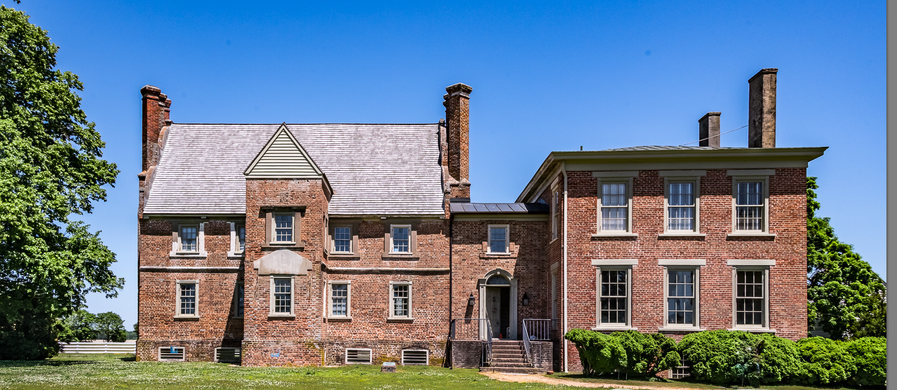
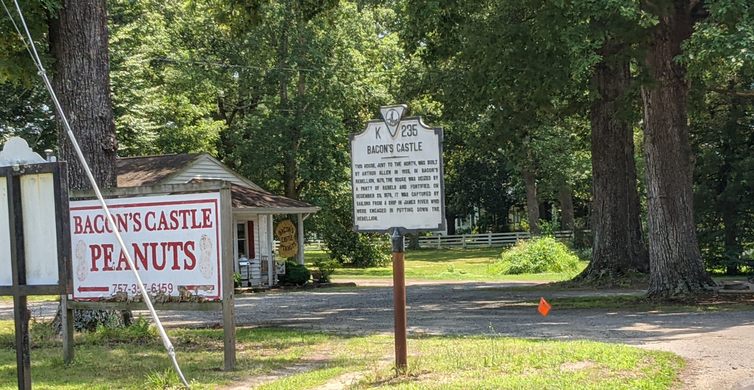




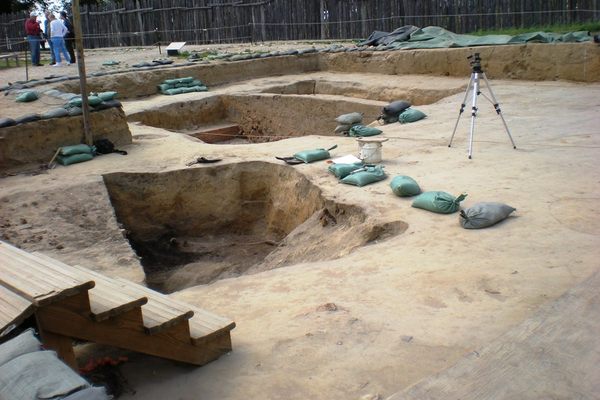

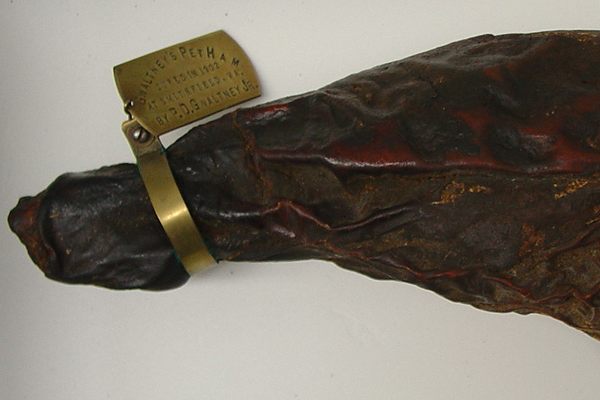


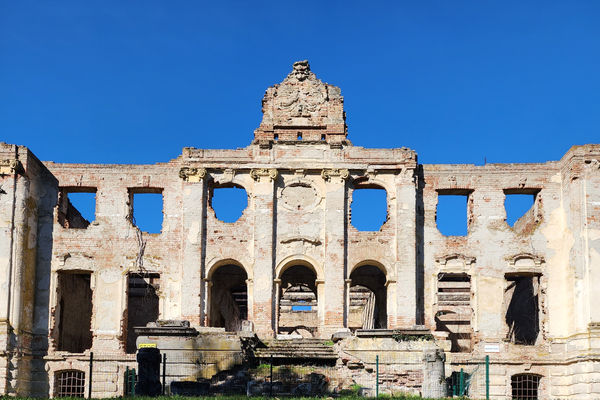



Follow us on Twitter to get the latest on the world's hidden wonders.
Like us on Facebook to get the latest on the world's hidden wonders.
Follow us on Twitter Like us on Facebook